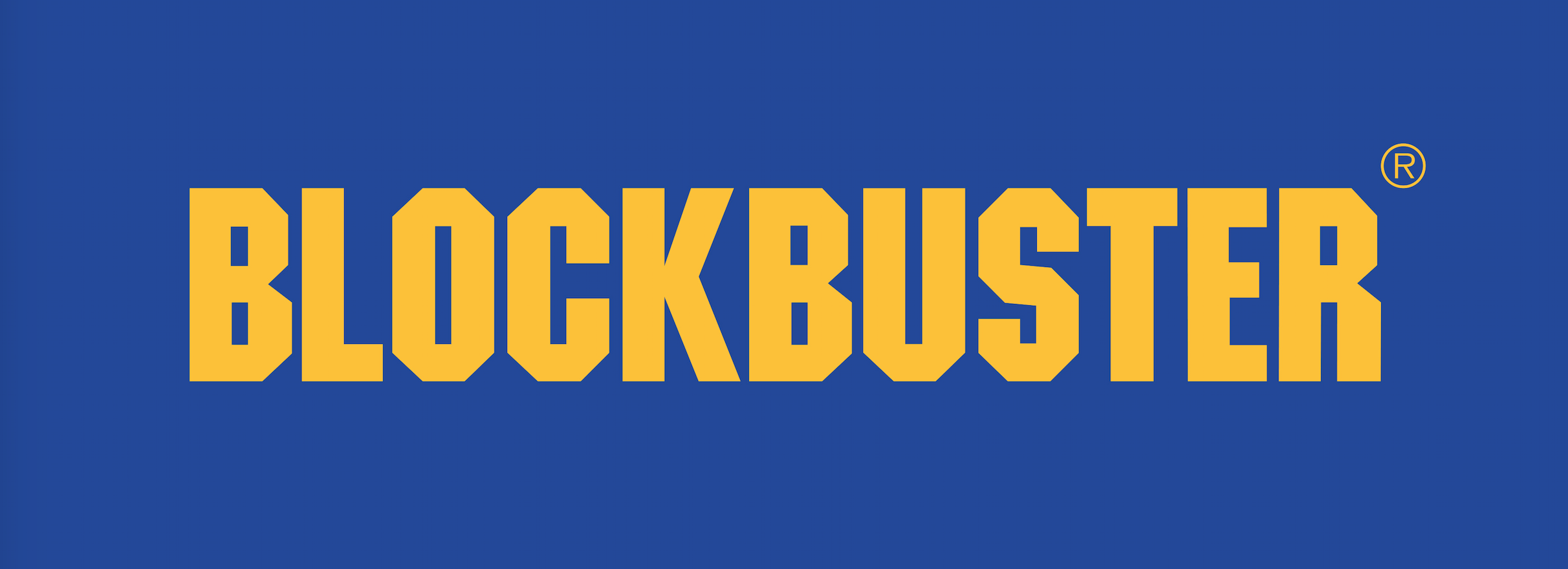Blockbuster cut its IT costs in half—while expanding to three new countries—by delivering its transactional video-on-demand content using AWS. Blockbuster delivers thousands of movies and TV series to viewers across the Nordic countries via its streaming service. The company uses Amazon CloudFront to deliver its content and AWS Lambda for serverless compute processes that track customer transactions and help Blockbuster build a detailed picture of customer behavior to personalize services.
Blockbuster, once known for its video rentals, is now a service providing transactional video-on-demand (TVOD) to customers in Denmark, Sweden, Finland, and Norway. Viewers can choose from 8,000 movies and 350 seasons of TV series to watch. Danish company TDC Group, which bought the rights to the Blockbuster name in Denmark and the rest of the Nordics, is the largest telecommunications company in Denmark. TDC Group provides Blockbuster content to more than 300,000 customers in Denmark and thousands across Sweden, Finland, and Norway.
As Blockbuster prepared to expand from Denmark to Sweden, Finland, and Norway, it expected to add thousands of new subscriptions in the first few weeks. The company needed not only to scale to meet this demand, but also to provide fast, high-quality streaming to its customers. What’s more, if the company failed to provide the personalization common in competitive services, it risked not attracting new customers.
Prior to Blockbuster’s expansion, it ran its streaming services in an on-premises data center in Denmark. It was clear, however, that this kind of architecture couldn’t support the expansion to the other Nordic countries.
The costs for building a dedicated data center in each new country were prohibitive, and the maintenance costs to administer an on-premises solution were an additional overhead that Blockbuster couldn’t bear. Henrik Loop, chief technology officer at Blockbuster, says, “From the beginning, we discounted using an on-premises solution. We knew that—like other service providers that successfully stream video content online—we could deliver our IT goals using the cloud. As a ‘startup’ within TDC, we felt the cloud would give us the agility, flexibility, and independence we needed.”
Blockbuster looked at working with some of the leading cloud-service providers to support its service in the Nordic countries. The firm chose Amazon Web Services (AWS) after a series of meetings highlighted the technical capabilities of AWS to support transactional video-on-demand services. Henrik says, “We saw that AWS is enabling broadcasters and content owners to successfully stream to consumers and develop cloud architectures with a focus on analytics.”
Henrik and a colleague worked together to build the AWS infrastructure that would support the TVOD service.
They benefited from prior experience working with AWS and teamed up with NPAW (Nice People at Work), a business-intelligence company for online media, to develop their services.
Blockbuster’s movies and TV programs are streamed via Amazon CloudFront, a content-delivery network that speeds up the distribution of web content and adds security with DDoS protection as standard. Using AWS Lambda, Blockbuster runs serverless compute processes across AWS Regions and Amazon CloudFront edge locations (using Lambda@Edge) without provisioning or managing servers.
These processes include applying transactional labels to purchases so Blockbuster can track customer activity, and providing personalized recommendations based on previous purchases.
Blockbuster uses AWS Elastic Beanstalk to deploy web applications at scale without IT-management overhead. It also takes advantage of AWS Elastic Beanstalk to automatically provision core AWS services such as Amazon Elastic Compute Cloud (Amazon EC2) and Amazon Simple Storage Service (Amazon S3) to support Blockbuster web applications as they are developed.
The Blockbuster service successfully launched across Sweden, Finland, and Norway in the summer of 2017. Within six weeks, 10,000 people had subscribed to the service, and the AWS infrastructure had easily scaled to ensure high-quality delivery for each subscriber. Says Henrik, “We have brought Blockbuster services to new audiences across the Nordic region with AWS. Now many thousands more can enjoy TVOD and see the best in movies and TV in the comfort of their homes.”
It took just nine months for the three-person Blockbuster IT team to deliver the AWS architecture for the expansion. In this time, the team and NPAW also completed the business-intelligence “buckets,” which Henrik says capture data on transactions and give Blockbuster a detailed view of customer behavior. “We’re not just providing a high level of delivery quality with AWS, we are also personalizing our services to provide customers with greater value.”
Henrik is clear that Blockbuster wouldn’t have achieved its goals without AWS. The cost of expanding the service through an on-premises infrastructure was too expensive. “We’ve reduced our IT costs by 50 percent by using AWS to roll out Blockbuster in Sweden, Finland, and Norway,” he says. “Furthermore, we’ve halved IT-maintenance costs—a crucial saving for any organization. The pay-as-you-go nature of AWS perfectly matches the TVOD model, so it allows us to more closely monitor what it costs us to deliver our services.”

Architectural Diagram

Architectural Diagram

Architectural Diagram
Learn more about content delivery.

